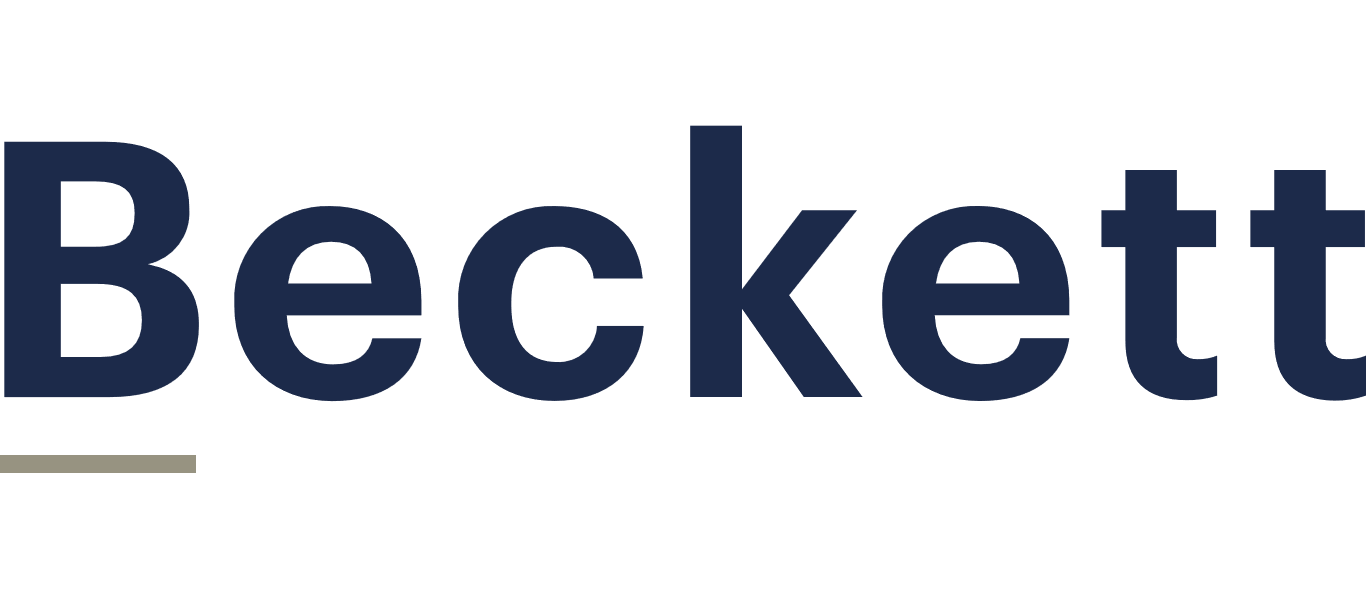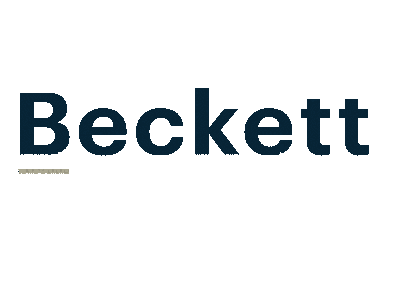
December 1, 2017 | Negative vs Positive gearing – What’s the difference?
Many people borrow to invest; this is called ‘gearing’. The more you borrow, the more you will pay in interest. If you have borrowed to invest and you’re making a profit, you are positively geared. If you’re making a loss, you are negatively geared. Either way, gearing is still costing you money.
What is a positively geared property?
A positively geared property is one in which the income that the investment earns exceeds its costs. Positive gearing occurs when you receive more in rental income than what you pay for in costs such as interest on a loan, council rates, water-supply charges, strata fees (for strata-titled properties) and maintenance.
Properties often become positively geared when they’ve been owned for a reasonable period of time, as rents tend to gradually increase and the size of the mortgage against the property stays the same or is partially or fully paid off.
The advantages of positive gearing:
- Increased income – you benefit by receiving an income from the property and not having to be out of pocket. You can even use this income to make additional payments into your mortgage and own your home sooner.
- Not as much risk – if your income circumstances changes (e.g. if you were to lose your job), the income will cover the costs of the investment and you are less likely to need to sell under pressure and potentially unfavourable conditions.
- Balanced portfolio – some investors may use a positively geared property to balance their portfolio, using the additional income to pay the shortfall of negatively geared investments.
- Lender Attractiveness – the additional income can increase your attractiveness to lenders for additional loans.
The disadvantages of positive gearing:
- Taxable – just like any form of income, the income you earn on a positively geared property is taxable.
- Slower long-term growth – often but not always, a positive cash flow investment can be located in a regional area (rather than capital cities), which commonly (but not always) see less or slower capital growth. Dual income properties can often be located in capital growth areas but also provide cash-flow.
- More volatile – these properties may be largely dependent on a particular industry of employment which can make it subject to greater volatility should employment factors weaken.
What is a negatively geared property?
A negatively geared property is one in which the income that the investment earns does not exceed its costs.
When you borrow money to invest in property, you may find that you are “negatively geared”. A negatively geared property is one in which the costs of owning an investment property, such as interest on a loan, council rates, water-supply charges, strata fees (for strata-titled properties) and maintenance, are more than the income or rent you receive from the property. As a result, you are making a loss. Negative gearing is most common in the early years of owning an investment property.
Often referred to as ‘capital growth properties’, negatively geared investments are expected to appreciate (grow) in value over time, and this increase is expected to outweigh any short-term financial losses.
The advantages of negative gearing:
- Tax Deductions– a common reason investors choose this strategy is that it allows you to claim tax deductions related to the expenses you incur so by claiming the available tax deductions. You can reduce your rental short-fall and ultimately reduce your taxable income.
- Capital Growth– assuming the strategy goes to plan, the capital returns from the property will eventually outweigh the borrowing levels and costs to create wealth for the investor at sale.
- More affordable for tenants– because of the affordability, it can be easier to secure a tenant for the long term.
- Less volatile– unlike a property in a regional area which may rely heavily on particular employment industries to drive up demand, these properties rely on a variety of factors and can be a less volatile investment.
The disadvantages of negative gearing:
- Budgeting is needed –you need to be able to budget for the ongoing shortfalls, also, when the property is sold for a profit, the tax man collects on the capital gain.
- Long-term strategy –it’s a longer term wealth creation strategy so if your circumstances change and a sale is necessary, the sums may not work out favourably.
- Higher financial risk –if in the instance you were to lose your job you will need to be able to maintain any costs involved. Make sure you have a plan in place to ensure you are prepared. For example, income protection and insurance policies.
So, if negative gearing means that you’re making a loss, how can that be positive?
Nobody wants to get into property investment to lose money. Even though most property that you will buy will be negatively geared, that is the rental income is not as much as the interest repayment, the benefit comes from the capital growth.
In summary, negative gearing can work if the money you make from the capital growth is greater than the loss you make in rental shortfall.
Investing in property should be seen as a long-term plan.



